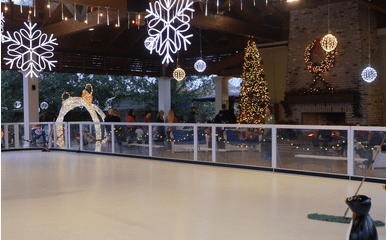Uncategorized
DIY Tips for Patios and Driveways
I love DIY projects. They make you feel so accomplished when they’re done, and you can brag to your friends about how you did this yourself. You can use many techniques to create a patio or driveway on your own without the help of a professional. It is important to remember that you are also working with machinery, so safety is the most important thing that you should keep in mind. Nevertheless, by reading this article full of tips, you can get a better idea about the things you need to do when creating your concrete patio or driveway on your own.
Block paving
Realistically, you can expect a service life of around 15 years for block paving. This is far longer than most brick driveways, but it doesn’t have the same competing weathering issues.
The construction of a block paving driveway is not complex; however, certain procedures ensure that the finished product is perfect. The first factor to consider constructing a block paved driveway is the preparation of the groundworks and foundations.
Covering your wall in stone, whether it be slate, marble, sandstone, or even something less conventional like tiles or chrome, is a great way to add character and depth to a room. To get an even finish (unless you are going for a rustic appearance), it’s important to screed the layer of grit sand above the stone very tightly. It’s best to go over it with a boels wacker plate hire because as you spread the sand, it becomes much easier to see any thicker or thinner areas
Paving
Above and beyond this level is where the issues start to become expensive. Typical 8″ insitu concrete (the existing norm) as patio slabs will need some form of steel reinforcement a couple of inches thick that may run upwards of $10 per square foot (just material cost). So, 8″ slab alone could cost $80+ per square foot installed and depending on layout may also mean planning permission and structural engineer fees. Not cheap.
If you want to build a patio or pathway on a slope, then adding a 5-10mm thick foundation layer of crushed stone (often suppliers as Boels for wacker plate hire) will improve the stability of the base of your project.
Tarmac
A tarmac driveway is the most popular and least expensive type of driveway available. It’s easy to install and generally lasts at least 15–20 years before needing to be replaced. But, as with any kind of driveway, the surface can quickly become uneven and disfigured by potholes.
In the end, it is a matter of personal preferences. However, having been in the building trade for over 30 years, I must stress that, in my opinion, tarmacadam is not suitable for driveways without a heavy-duty rigid bedding layer and a stone.
Unless the tarmac is in terrible condition, it can be difficult to determine if a little bit of extra money spent would be worth a vastly superior product. There are incremental quality improvements between different firms, so if it’s an option, certainly look for someone who has a fair bit of experience in the area and gives you confidence in the quality of their work.
























